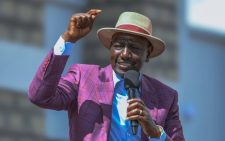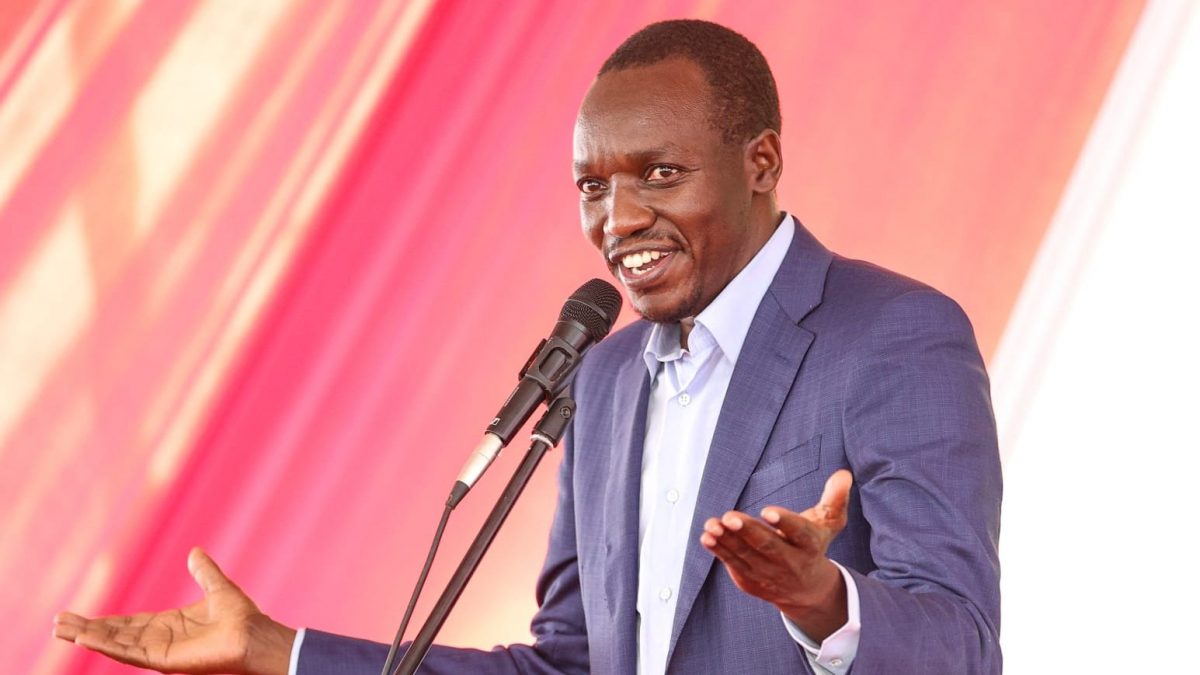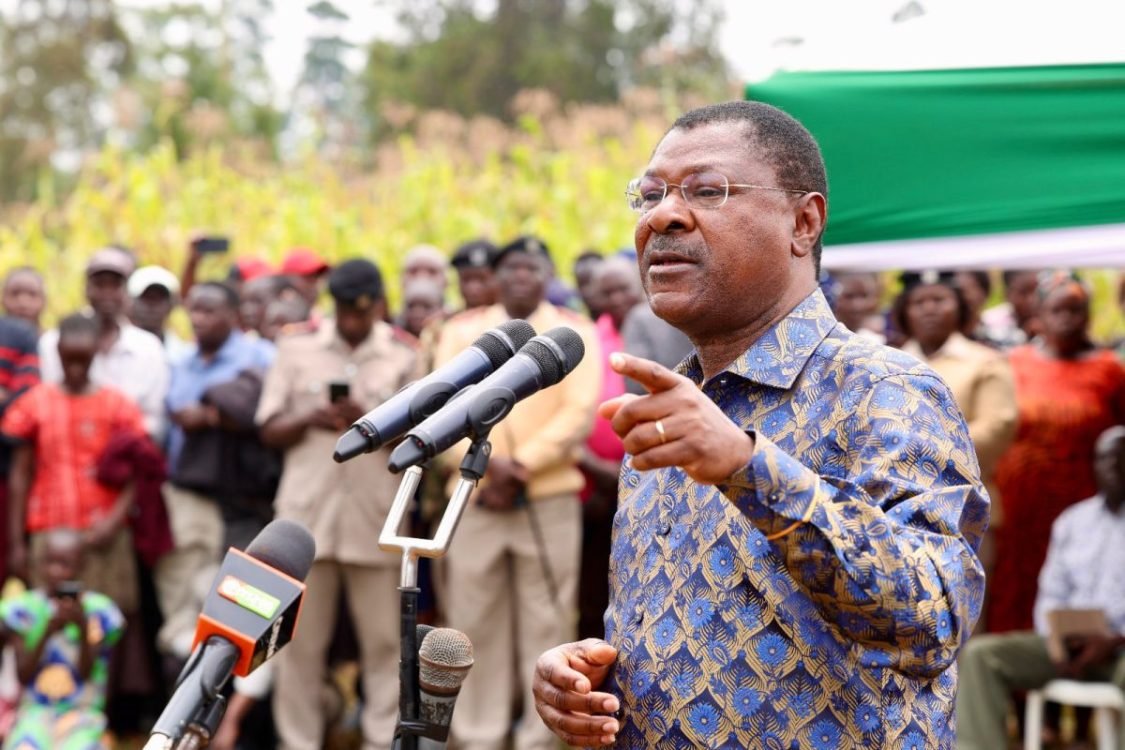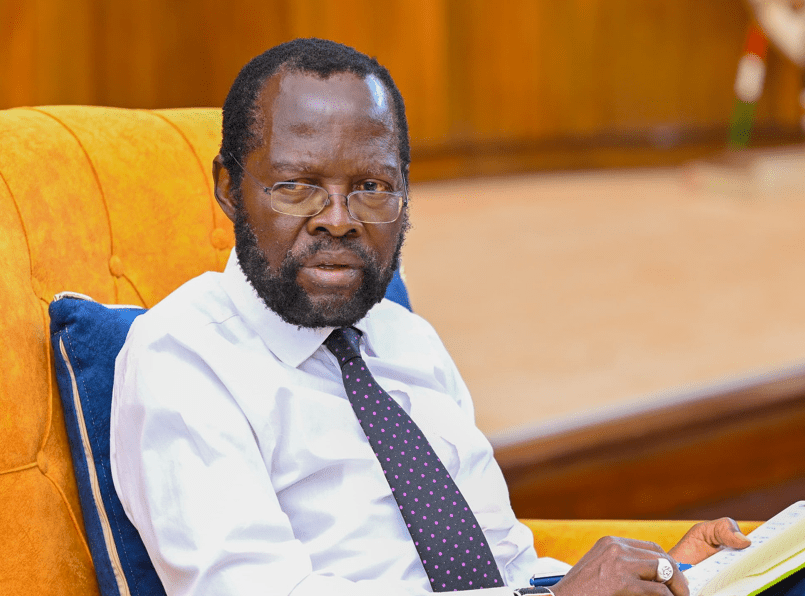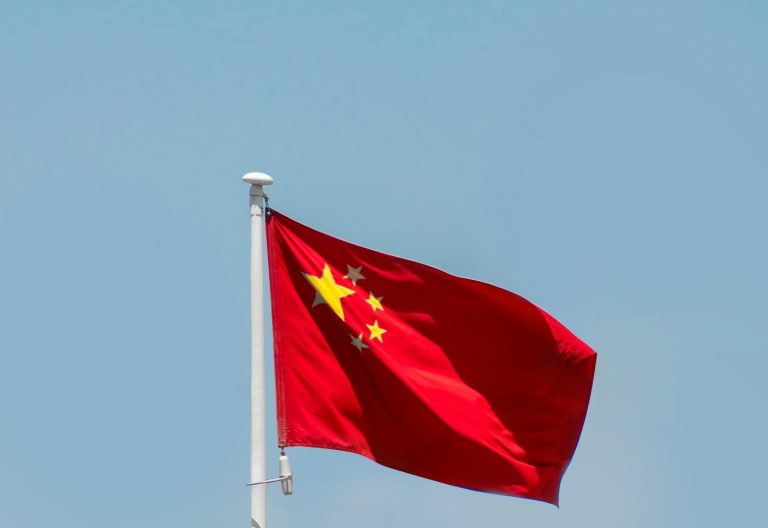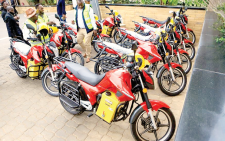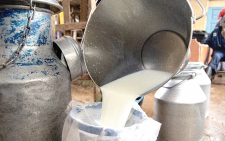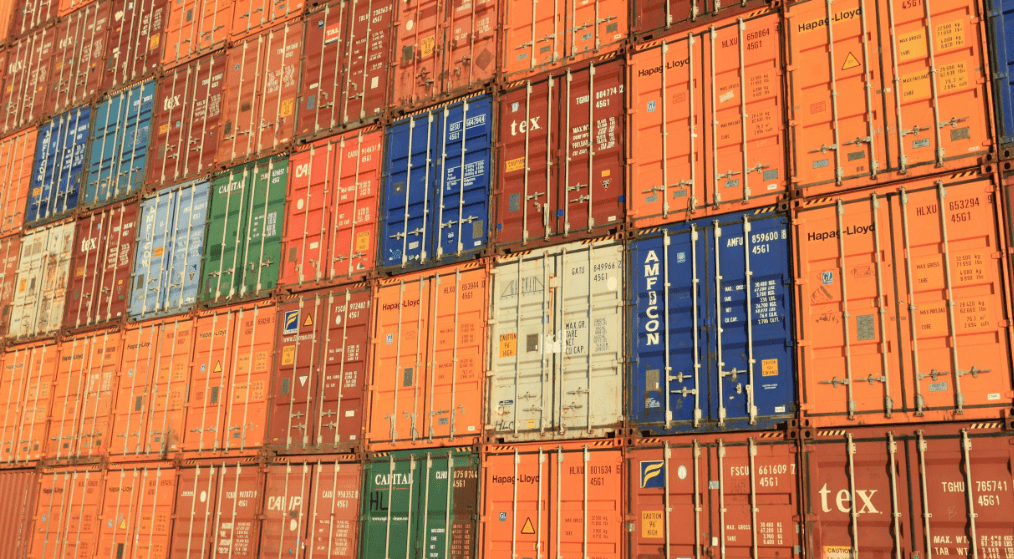Auto industry optimistic despite poor end to 2022
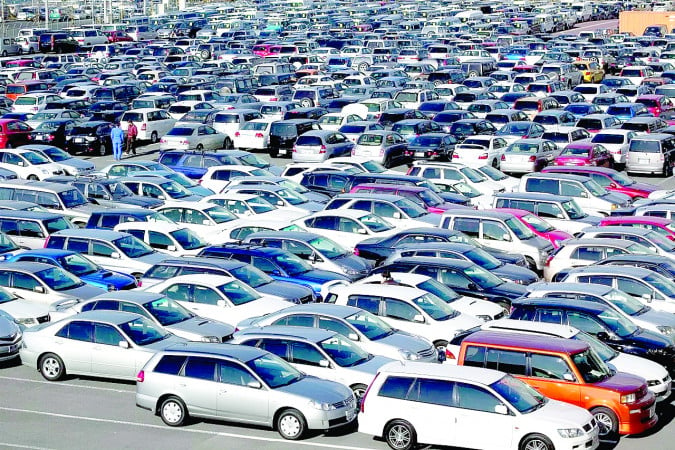
Domestic car dealers ended 2022 on a disappointing low, selling just 13, 352 vehicles in 12 months to December, compared to 14, 250 total unit sales in the previous year, new industry data shows.
Statistics by Kenya Motor Industry Association (KMI), a lobbyist for the formal motor sector, attributed the low numbers to a difficult year occasioned by supply problems from the Russian invasion of Ukraine in early February and the lingering Covid-19 aftershock.
Those challenges led to reduced sales numbers where dealers missed the chance to outperform 2021’s deals, selling 898 fewer units.
Supply chain glitches such as hip shortage pushed car prices higher last year, making it hard for automakers to meet demand due to delivery delays and a shortage of many new makes and models.
As a result, many consumers, keen on freshly-minted vehicles, remained unsurprisingly scarce and stayed away from showrooms, according to dealers and data, with several industry experts admitting to not seeing any serious return.
Financing options
“The year coincided with elections which is normally a tough period for businesses amongst other factors like scarcity in financing options by consumers, tight economic conditions among others,” said Moses Opallo, a car dealer along Ngong Road.
But Managing Director of CFAO Motors – formerly Toyota Kenya Ltd, Arvinder Reel is confident that the New Year could be different, betting on political stability, availability of credit, and logistical improvements whose impacts he said, are already felt.
“We are expecting the market to grow by 15 per cent this year. However, challenges still linger such as the exchange rate depreciation as well as production constraints which are low, but we are optimistic for the year,” he said in telephone interview yesterday.
Expected higher spending from buyers and ease of the economic disruption of coronavirus restrictions as well as cheaper financing options by the banks were all mentioned as reasons for this year’s growth projection.
That optimism, Reel said, was being supported by easing inflation, a measure of the cost of living over the last 12 months which slowed to 9.1 per cent in December from 9.5 per cent a month earlier.
The drop in the months of November and December last year signals a spark of easing in the cost of living crisis, which has hit the highest levels in nearly five and a half years on soaring food and energy prices – impacting key sectors like manufacturing as a result.
Indeed, inflationary concerns dominated the airwaves for larger parts of last year, rising to a fever pitch in October 2022 when the overall inflation rate reached 9.6 per cent, before slowing in November.
Ordinarily, Central Bank of Kenya (CBK) through its Monetary Policy Committee (MPC) meetings, attempts to control such distresses every three months to review its policy lending rate to stem rising inflation and stabilise the Shilling.
Global statistics show that nearly 50 million passenger cars were built in the first three quarters of 2022, up nine per cent compared to the same nine-month period a year earlier. However, this was still around five million units below pre-pandemic levels in 2019.
All-time high
Car registrations in Kenya averaged 18,454.89 units from 2006 until 2022, reaching an all-time high of 57,361 units in December 2020 and a record low of 2,377 units in February 2022.
According to available data, Isuzu D-Max is the best-selling vehicle in Kenya in 2021. 6,948 new light vehicles hit Kenyan roads in 2021.
Toyota on the other hand, commands the local market with a 47 per cent share above Isuzu at 26.6 per cent, which means the two brands hold almost three-quarters of Kenyan sales for the year.


